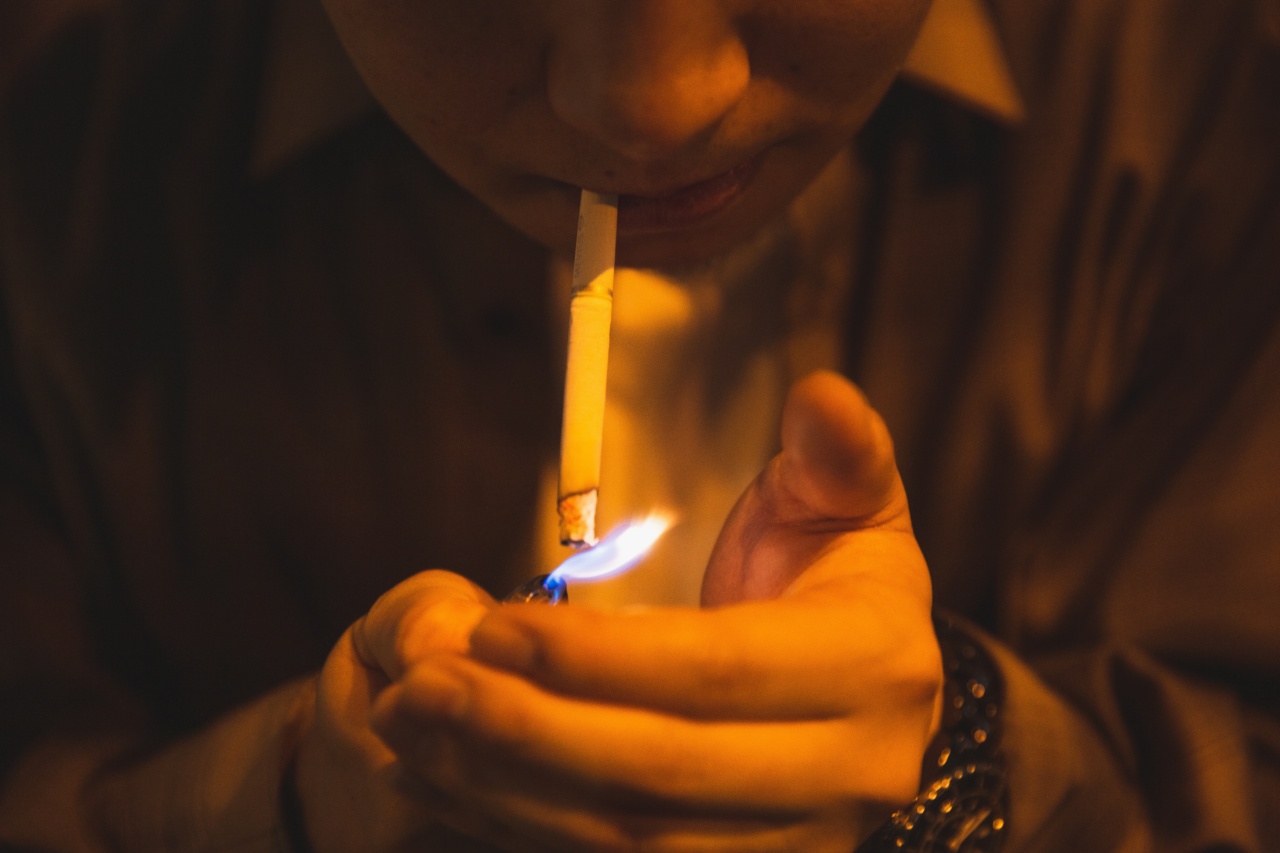Seasonal changes affect our mood and wellbeing.
When the weather starts to get colder and the days are shorter, many people experience a shift in their mood, often referred to as the “winter blues.” However, for some people, these seasonal changes can have a more significant impact on their mental health, leading to depression.
What is Seasonal Affective Disorder (SAD)?
Seasonal Affective Disorder, or SAD, is a type of depression that occurs in relation to changing seasons, typically in the fall and winter months.
People with SAD might feel more tired than usual and have trouble sleeping, experience weight gain, lose interest in activities, and feel depressed. SAD tends to affect women more than men, and rates of SAD tend to increase as you move farther away from the equator.
The Link Between Light and Depression
The primary theory behind SAD is that changes in exposure to light affect our circadian rhythms, the internal “clock” that governs our sleep-wake cycle.
When it is dark outside, our bodies produce more melatonin, the hormone that makes us feel sleepy. In the winter months when there is less light, some people’s bodies may produce too much melatonin, leading to feelings of lethargy and depression.
Preventing and Treating SAD
There are several things that you can do to prevent or reduce your risk of developing SAD:.
- Get outside during the day – exposure to natural daylight can help regulate your body’s internal clock.
- Use light therapy – this involves sitting in front of a light box that emits bright light for a specified amount of time each day.
- Exercise – regular exercise can improve mood and reduce symptoms of depression.
- Take vitamin D supplements – vitamin D deficiency has been linked to depression and may be more common in the winter months when people spend less time outside.
Other Types of Time Changes that Affect Mental Health
While SAD is the most well-known type of seasonal depression, other types of time changes can also affect mental health. For example:.
- Jet lag – traveling to different time zones can disrupt your body’s natural circadian rhythm and lead to symptoms of depression.
- Working rotating shifts – people who work night shifts or rotating shifts may be more likely to experience symptoms of depression, anxiety, and fatigue.
- Daylight saving time – the one-hour time change in the spring has been associated with an increase in traffic accidents, heart attacks, and workplace injuries.
Tips for Coping With Time Changes
Whether you’re dealing with SAD, jet lag, or shift work, there are several things that you can do to help improve your mental health:.
- Stick to a routine – try to keep consistent eating and sleeping schedules, even if your work schedule changes or you are traveling.
- Practice good sleep hygiene – create a relaxing sleep environment, avoid caffeine and alcohol before bed, and limit exposure to screens before bedtime.
- Get support – talk to friends and family, or consider seeking help from a mental health professional.
Conclusion
Time changes can have a significant impact on our mental health, particularly for people with SAD, jet lag, or rotating shift work.
However, there are several things that you can do to prevent or reduce symptoms of depression, including getting outside during the day, using light therapy, exercising, and practicing good sleep hygiene. If you’re struggling with mental health issues related to time changes, don’t hesitate to reach out for support.






























